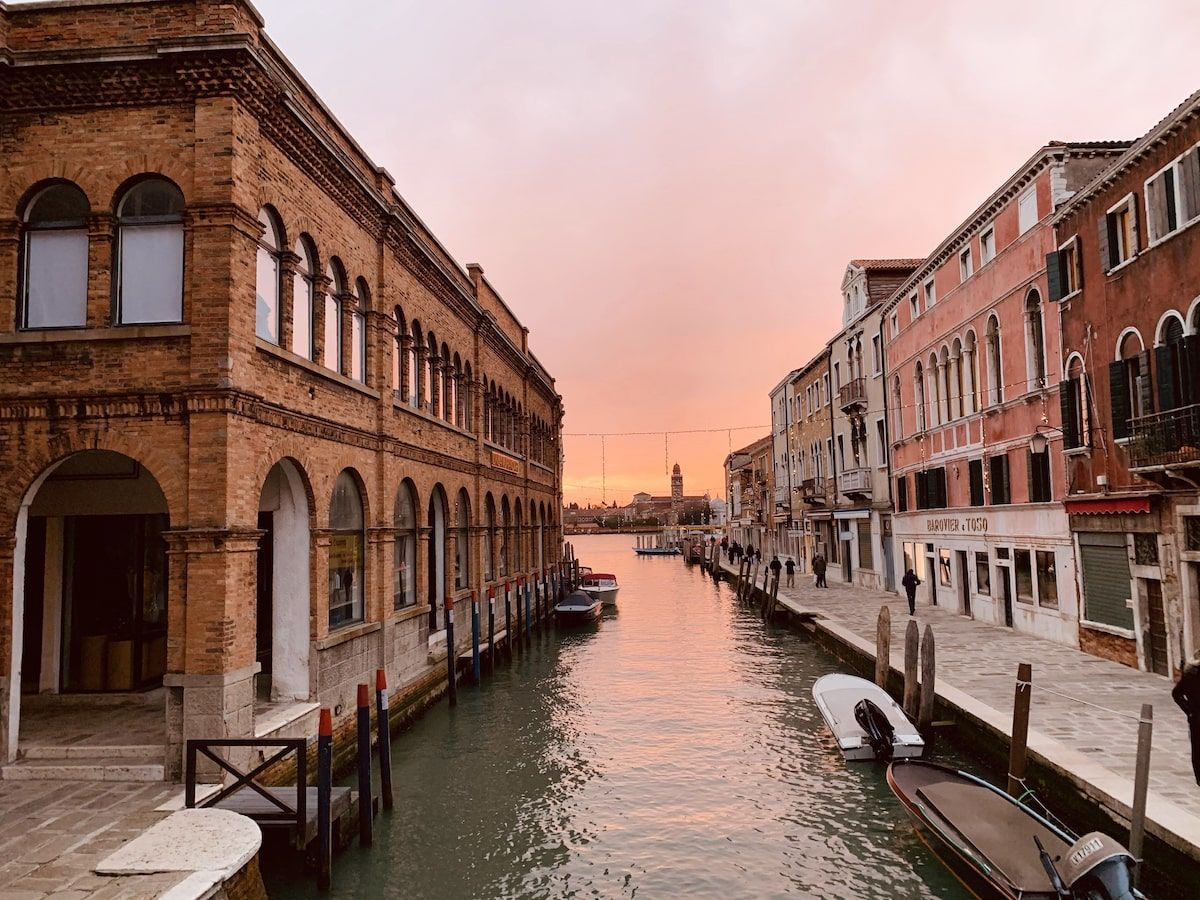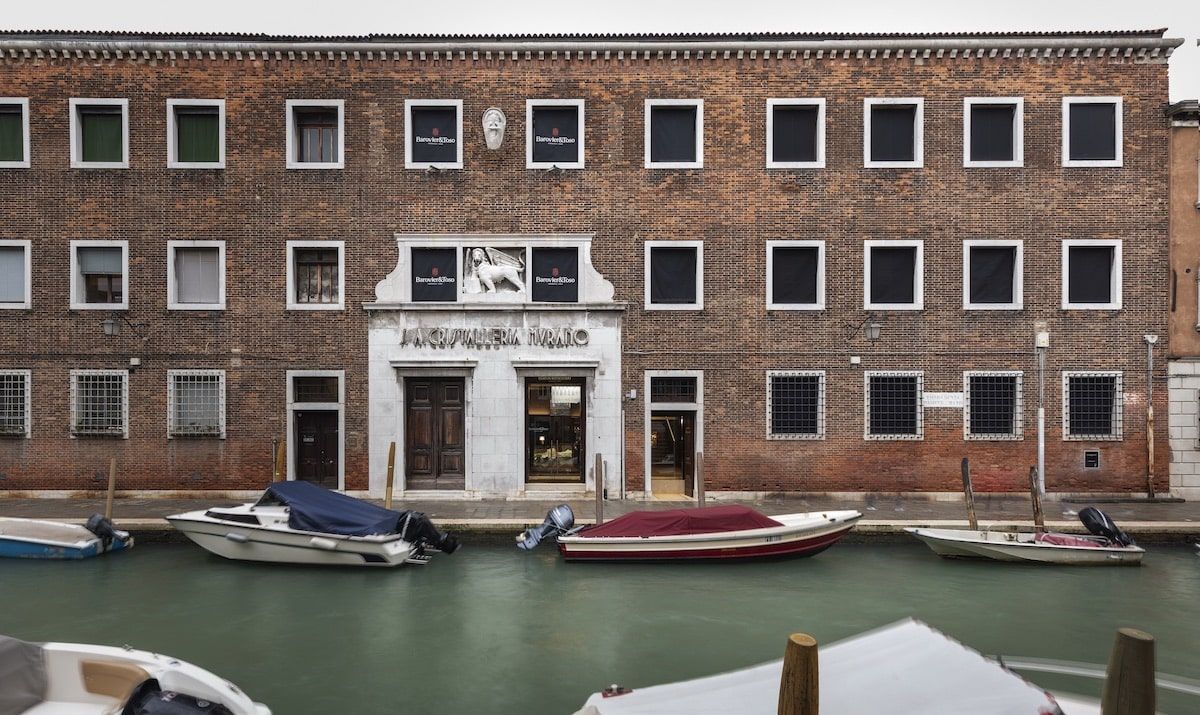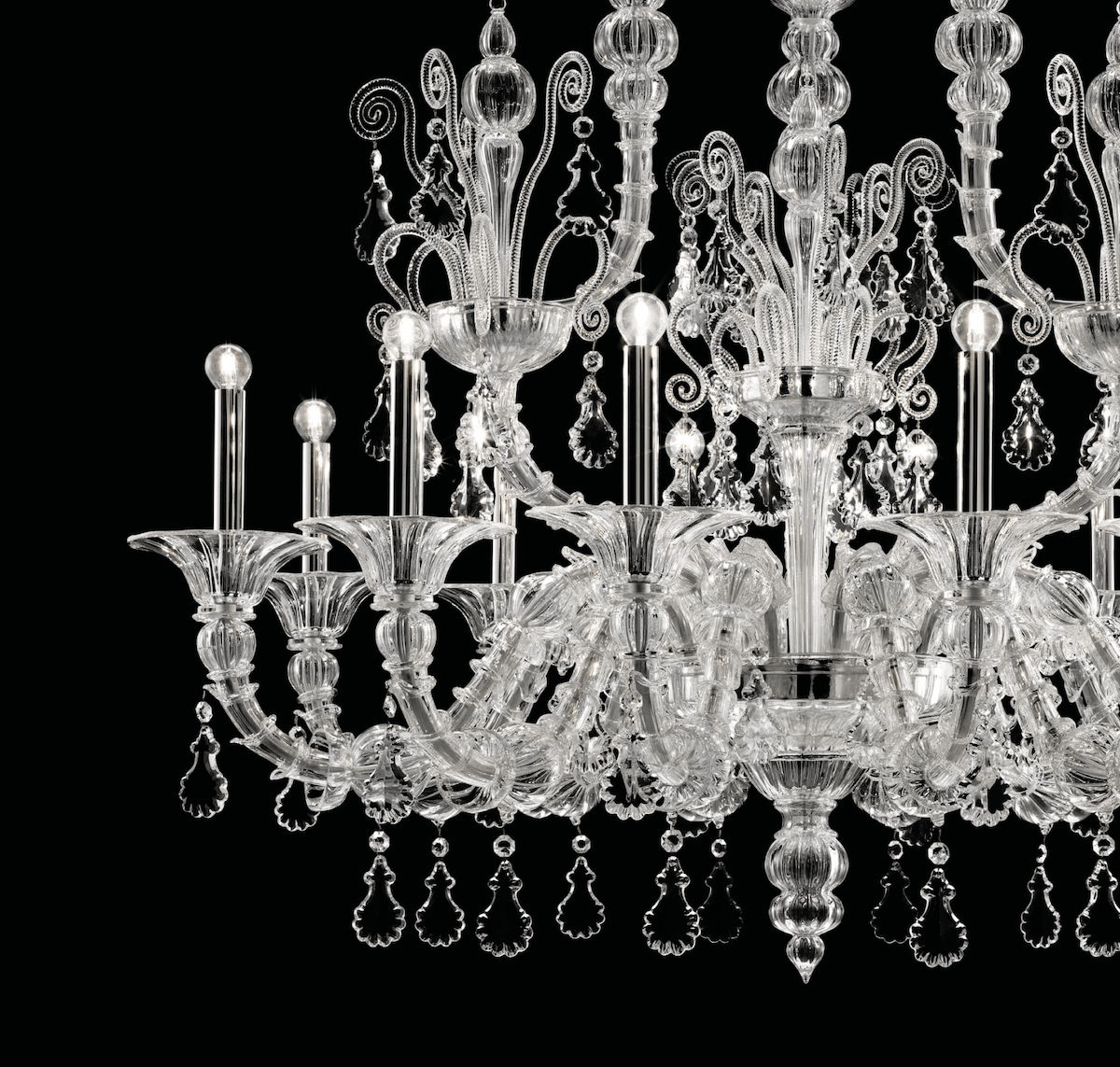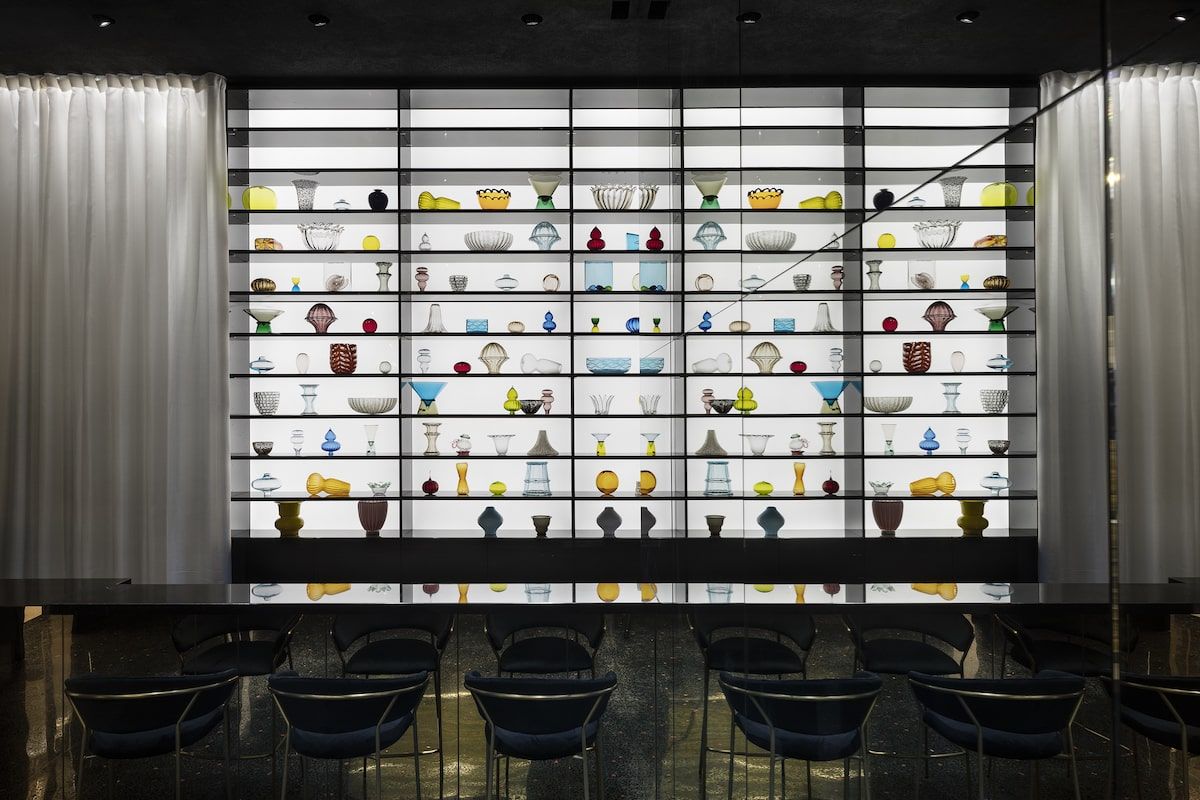Barovier & Toso: Inside the Italian glassmaker’s new building in Murano


For centuries, the island of Murano in Italy has been home to the most famous glassmakers in the world. On the banks of the historic Rio dei Vetrai canal, Barovier & Toso – with a legacy that dates back to 1295 – is making history once again with a veritable temple of luxury.
Located just a stone’s throw from the historic seat of the company, the new Palazzo Barovier & Toso showroom is housed in an original 1920s Venetian palazzo, carefully renovated and sumptuously restored by Calvi Brambilla Architects. The space celebrates not only the revered glassmaker’s 726-year tradition of skills and craftsmanship, but serves as a showcase of its most exquisite creations.

Covering over 900 square metres over three floors, Palazzo Barovier & Toso is a unique experience designed as an ode to this Made-in-Italy brand and the timeless luxury of the world-famous Murano chandeliers. The result is not just a showroom, but a carefully curated space in which Barovier & Toso’s magical creations transfigure a series of sophisticated settings to create a stunning, atmospheric experience.
“To create Palazzo Barovier & Toso, we envisaged a space in which past and present – the two essential elements of the company – could co-exist,” comments Paulo Brambilla from Calvi Brambilla Architects. “We have found a way to bring together a modern, minimalist interior design concept with the majesty of Murano glass, celebrating it in an atmosphere of calm, and filled with light and reflection,” adds Fabio Calvi.
At the heart of the project is a modern reinterpretation of the architectural elements typically associated with these ancient palaces, once home to Venice’s noble families; from wood panelling to Venetian Terrazzo floors, the layout of the rooms across the different levels, or the single colour chosen to decorate every room and every feature within it. Further enhancing the visual experience and a tribute to the Venice Biennale are works of art by Jason Martin, Brigitte Kowanz and Astrid Krogh on display in the upper floors.

The ground floor, dedicated to a reception and shopping area, features black tones and suffused lighting. In perfect Barovier & Toso style, the display area is imbued with an intimate, exclusive feel where guests can marvel over a selection of chandeliers, suspension lights and table lamps.
A gilted staircase connects the three floors of the palazzo, opening on to a double-height space, which is home to the Taif, an immense chandelier designed in 1980 for one of the residences of the King of Saudi Arabia. An iconic chandelier of colossal proportions, the Taif is the ultimate embodiment of Barovier & Toso craftsmanship, earning this exquisite piece a place of honour in which it can be appreciated in all its glory.
On the first floor, in a series of monochrome rooms – in white, gold, blue, black and red respectively – the story of Barovier & Toso is told through its most prestigious collections, representing the creative freedom that has made them unique in shape, colour and composition.
On the second and final floor, in a room with a wooden-trussed ceiling, is a series of larger chandeliers in classic, modern and contemporary styles. The setting is airy and minimalist; nothing detracts from the lights and the fascinating play of a thousand reflections on the Murano glass.

The experience concludes in a bar area, where guests can enjoy a colourful display of blown glass and the different elements used to make a chandelier, and a large café in pink hues chosen to celebrate the brand’s exclusive partnerships with luxury hotel chains, boutiques, government offices and public spaces around the world.
“We are very proud to announce the opening of Palazzo Barovier & Toso,” comments company president, Rinaldo Invernizzi. “This is a project that is very dear to our hearts and which confirms our commitment to a policy of continuous growth and internationalisation. Through this aim, we celebrate our history, our workers, and the extraordinary masterpieces they create in glass, a winning combination of innovation and tradition, art and design.”
Barovier & Toso is one of the oldest family businesses in the world. Some of the glass objects created by the company are preserved in museums across the world.
Under the direction of Ercole Barovier, the Italian glassmaker won numerous awards during the 1940s and 1950s for innovations in the murrine technique. Murrine technique begins with the layering of coloured liquid glass, heated to 1,500-1,700 degrees Fahrenheit (or above), which is then stretched into long rods. When cooled, these rods are then sliced in cross-sections, which reveals the layered pattern.

Partnerships come and go within the community of glass-making artisans of Murano, where business relationships seem as complex as the shifting alliances in the notoriously acrimonious Italian parliament. However, formed in 1942 by members of families bringing together centuries of experience in the craft, the Barovier & Toso partnership has proven to be one of the most enduring success stories in recent decades – pioneering an array of innovative modernist designs with bold colors, patterns and surfaces.
The hallmarks of the style in Barovier & Toso works are elements of glass in the shape of thick leaves, fronds and flower petals, deployed along with other naturalistic ornament in sconces, pendants and chandeliers. Under Ercole’s creative stewardship, the company also became renowned for the Primavera series of vases and animal sculptures – idiosyncratic milky-white and clear glass filled with tiny bubbles and hairline interior fissures – mosaic-like Pezatto glass; fluid Spiral patterns; the pebbly textured Barbarico line; and the complex, layered and highly coloured abstractions of the Oriente series of vases and bowls.
Traditional or modern, Barovier & Toso has produced one of the finest and most diverse catalogues of Murano glass in the last 100 years.
(All images: Barovier & Toso)
This story has first appeared in Prestige Online – Singapore